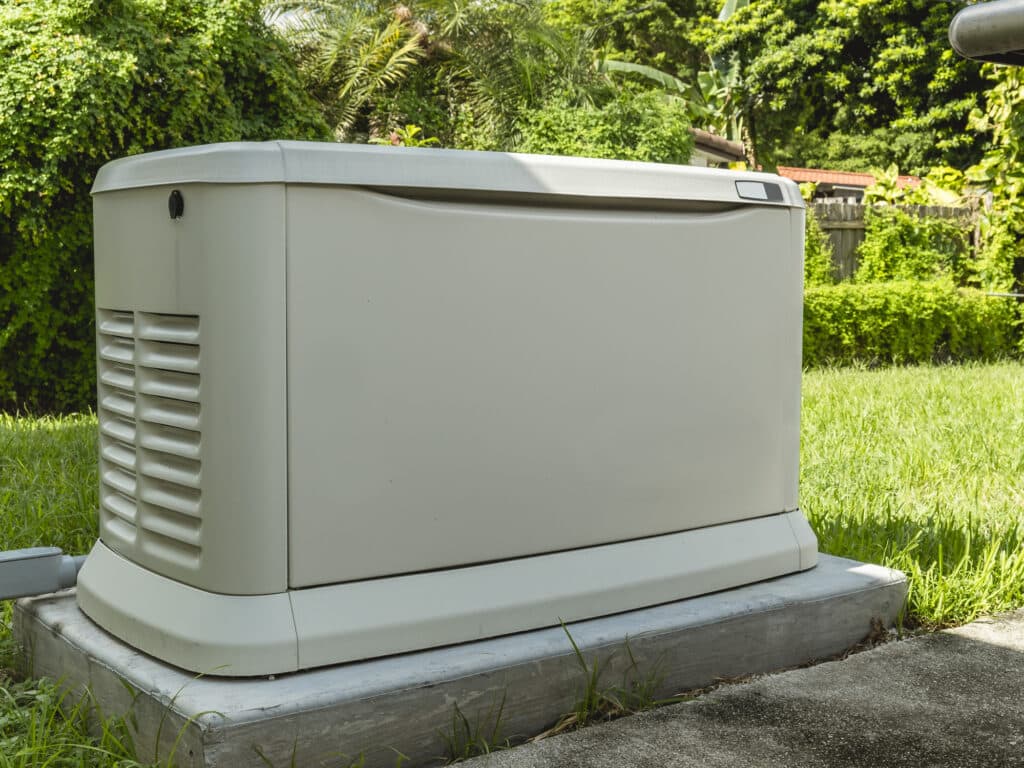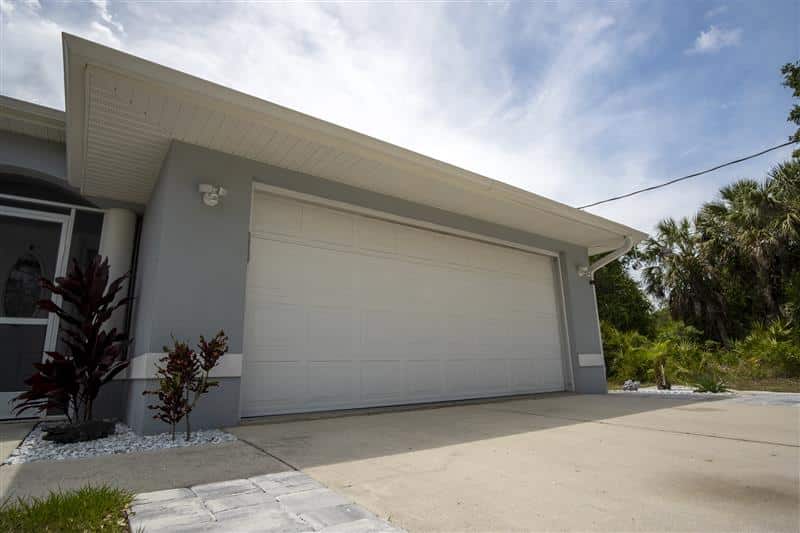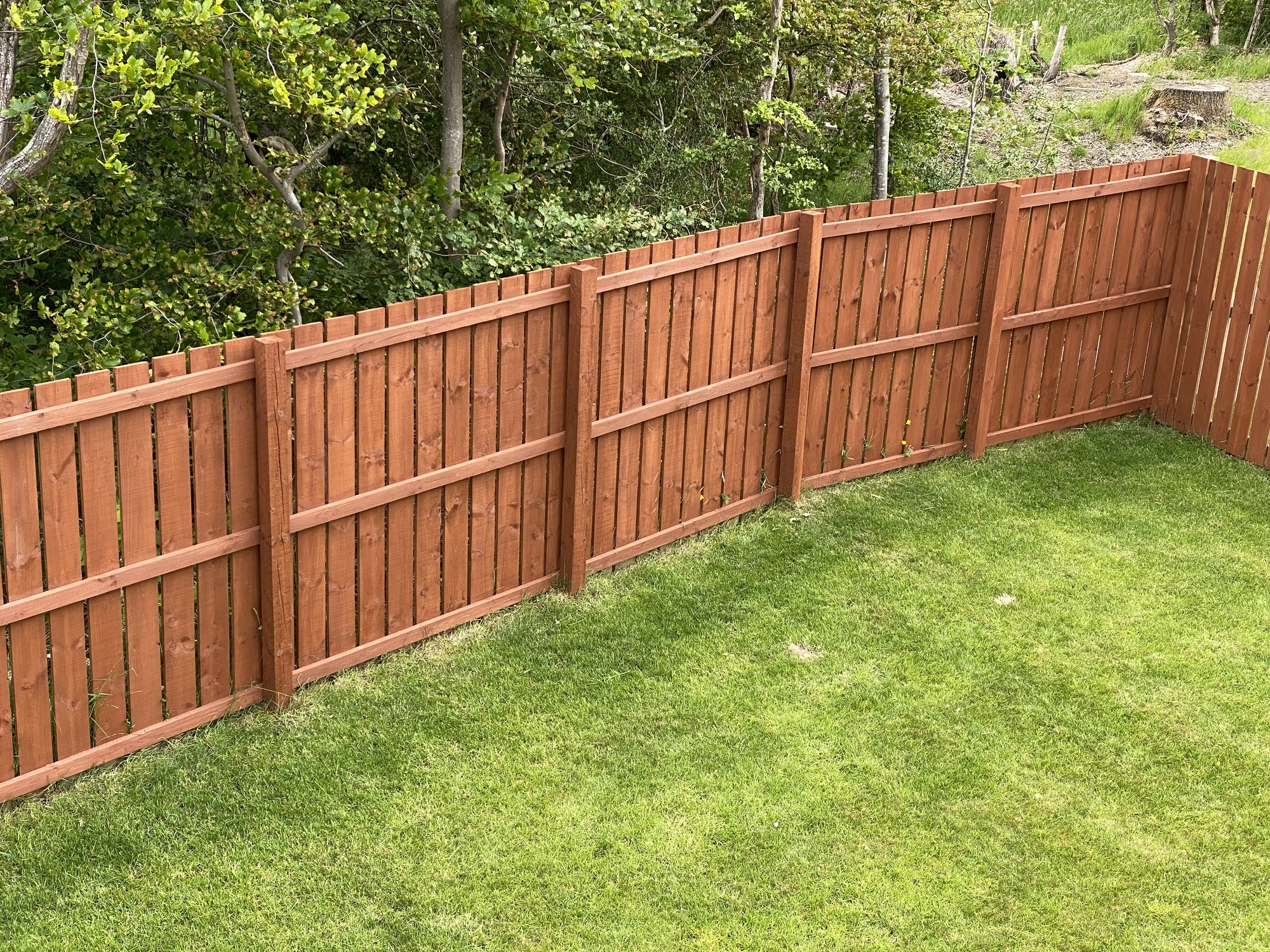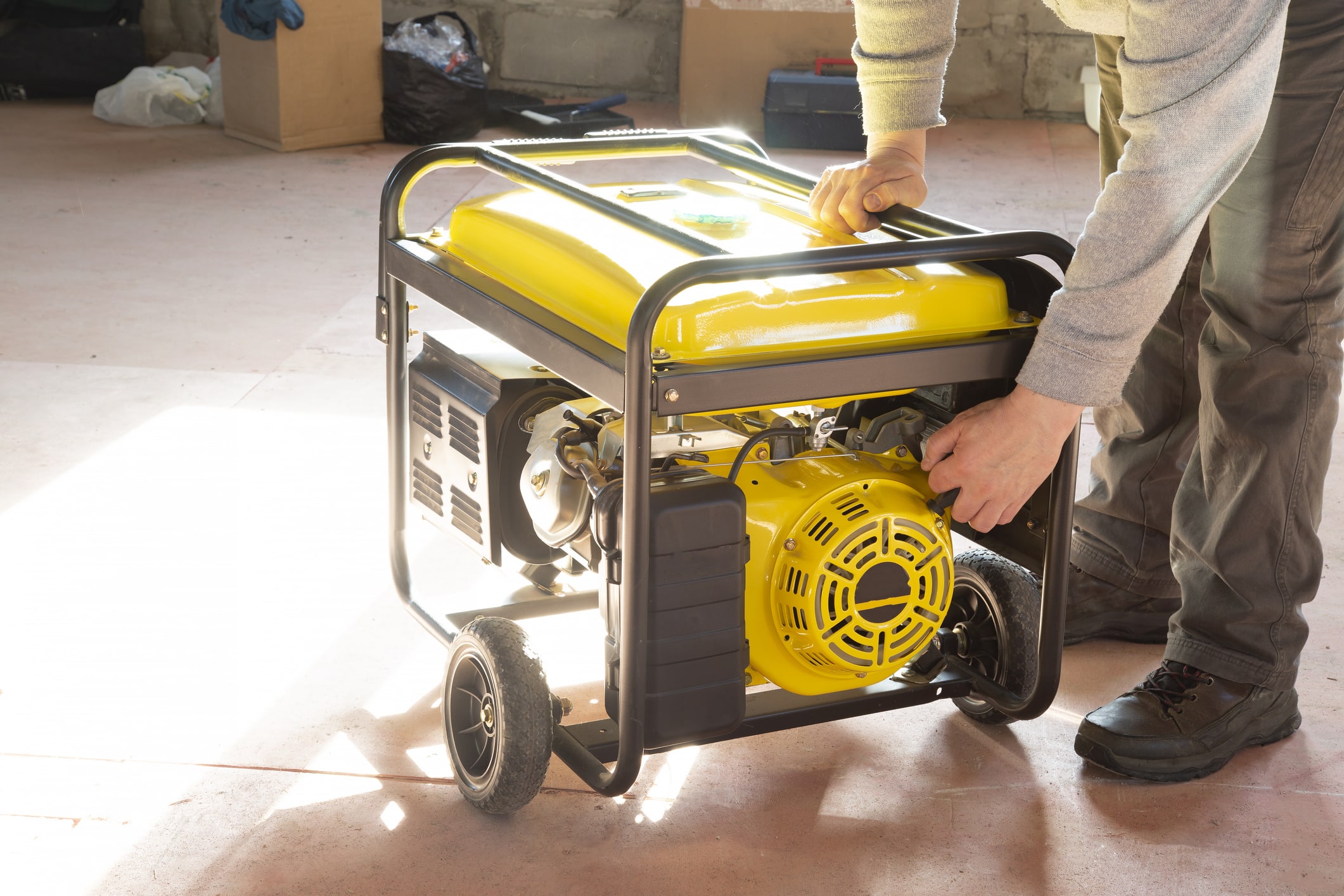Portable vs. Standby Generators: Which Is Better for Hurricane Prep



When the winds are raging outside and the lights start to flicker, the last thing you want to worry about is whether you’ll be able to power the devices you rely on. After all, no one wants to throw away a fridge full of spoiled food after the storm. One of the best ways to prevent this from happening is to equip your home with a backup generator. However, choosing which type of unit you need can be a bit tricky.
What’s the Difference Between Portable and Standby Generators?
Let’s start with a basic overview. Portable generators are compact units that run on propane or gasoline. They often have wheels to make them easier to move around and can typically run for six to eight hours before they need to cool down. These budget-friendly units produce between three and 15 kilowatts of electricity, making them a suitable option for short power outages. However, they’re not equipped to power your entire home or HVAC system.
Standby generators, on the other hand, are stationary units that can be connected to your home’s main electrical panel. Usually, a licensed electrician will install an automatic transfer switch, so this type of generator kicks in on its own when your main power source fails. Stationary generators are more expensive and require natural gas or propane, but they can produce up to 26 kilowatts of electricity, which may be enough to power your entire home.
Installation Considerations
While you might not need to professionally install a portable generator if you’re powering one or two devices, you may need an electrical permit and a generator inlet box if you plan to use it to power your home circuits. A licensed electrician can install wiring from the inlet to the panel, as well as a manual transfer switch or a breaker interlock kit.
Installing a standby generator is trickier. You’ll need to acquire an electrical permit, gas permit, and zoning approval first. If you live in a homeowners association (HOA), you’ll also want to check their bylaws before construction begins. Some HOAs have strict rules about how loud generators can be and require them to be hidden with landscaping or fencing. If you opt for a standby generator, partner with a contractor who can navigate flood elevation compliance regulations and install a concrete pad to support its weight.
How To Determine Whether a Portable or Standby Generator Is Right For You
Now that we’ve scratched the surface by highlighting the main differences between portable and standby generators, it’s time to drill down to help you decide which one is best for your situation. Ask yourself these questions:
What Devices and Appliances Do I Need To Power?
Standby generators are powerful enough to sustain several large appliances at the same time. Many of them can also support HVAC systems and provide power throughout your entire home. If you have critical devices that need to stay on when the power is out, like medical equipment, this is likely the better option for you. However, if you only need to power one or two appliances at a time, a portable generator may be enough to get the job done.
To determine what size generator you need, add up the approximate wattage of the devices you plan to use it to power. For example:
-
- Refrigerator: 600 to 800 watts.
-
- Window AC unit: 1,000 to 1,500 watts.
-
- Electric water heater: 3,000 to 4,500 watts.
-
- Wi-Fi and lights: 500 to 1,000 watts.
To power all of these appliances and devices, you would need a generator that produces between 5,100 and 7,800 watts.
What’s My Budget for a Generator?
Budget-conscious homeowners might feel more comfortable starting with a portable generator that doesn’t break the bank. In general, you can expect to pay between $400 and $800 for a 3,000 to 4,000-watt unit. Larger 10,000-watt units climb quickly in price and can range anywhere between $2,000 and $3,000. Of course, standby generators are a much bigger investment. Expect to pay between $15,000 and $20,000 after installation, and remember to budget for additional maintenance as needed.
How Long Do I Plan To Keep the Same Generator?
Even though standby generators are more expensive, they offer several advantages in the long run. These permanent fixtures can save you hundreds (if not thousands) of dollars in food waste and damages by powering your entire house instead of just a few essential devices during an outage. And if you plan to sell your home, you may be able to recoup some of your investment.
Research suggests that installing a standby generator can increase your property value just as much as remodeling a bathroom. However, if you don’t plan to use your generator very often or you’re moving to an area with less severe weather in the future, a portable generator could be the better choice.
How Comfortable Am I Operating a Generator During an Emergency?
One of the perks of having a standby generator is that it will automatically kick in as long as you have a transfer switch installed. That means your house will have access to power even if you’re not home. Conversely, portable generators require you to manually start them. Depending on your comfort level and the severity of the situation you’re in, this may not always be safe.
For example, you should never operate a portable generator in wet conditions. These units need to be placed in a dry, outdoor area at least 15 feet away from open windows and doors to prevent electrocution and carbon monoxide risks. If you choose to purchase a portable generator, take the time to read through the owner’s manual and practice using this device until operating it becomes second nature. This will help you remain calm and prevent accidents when tensions are high during the next big storm.
Final Safety Reminders
Whether you choose an affordable, portable generator or opt for a more permanent standby solution, remember to double-check your local codes and HOA rules before charging your card. We recommend partnering with a licensed professional to install your new piece of equipment and make sure it’s set up properly to provide power when you need it most.



